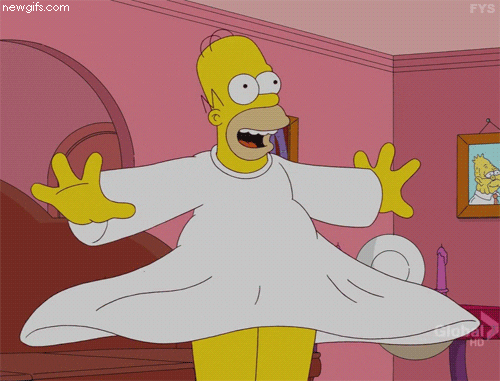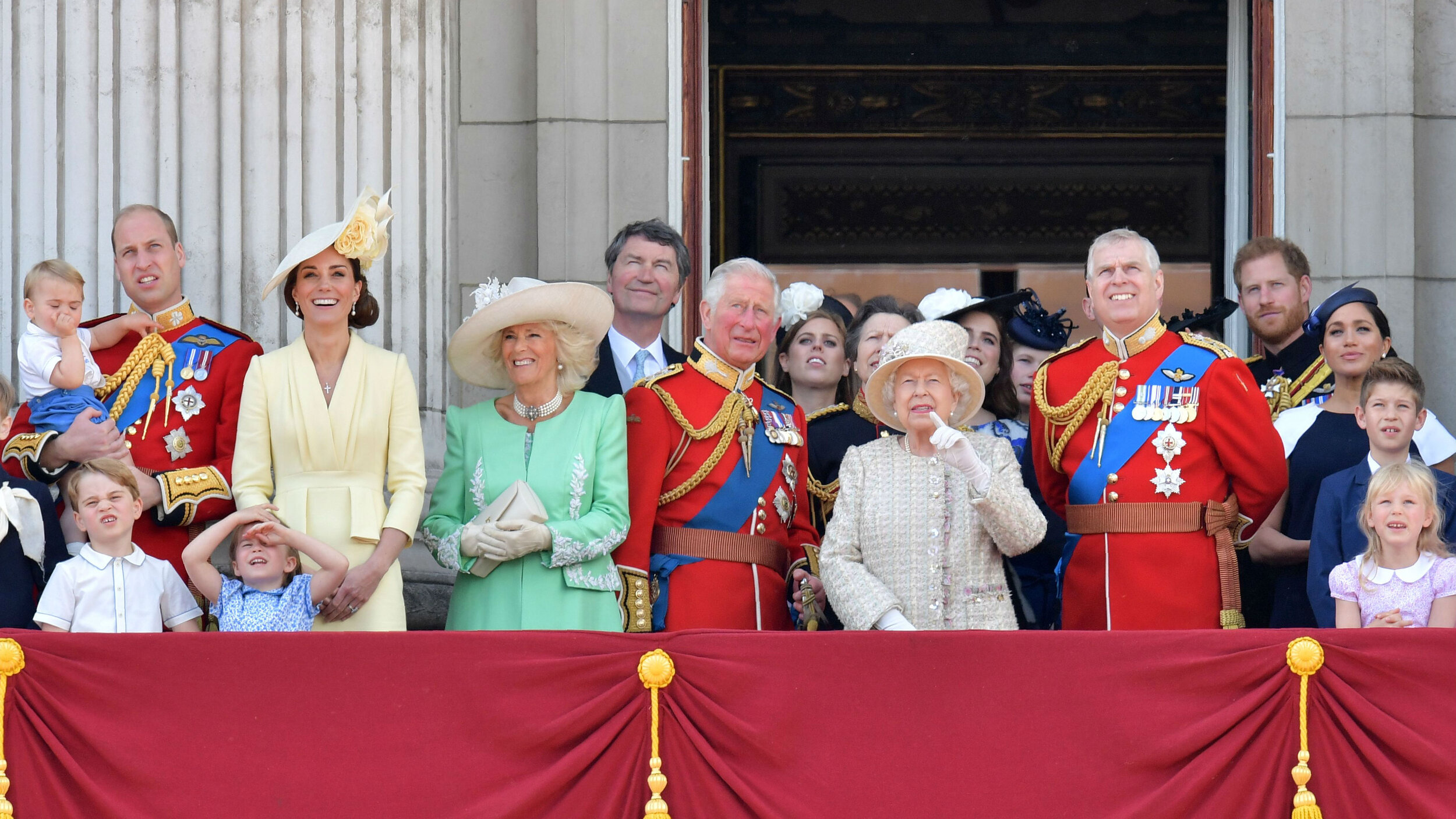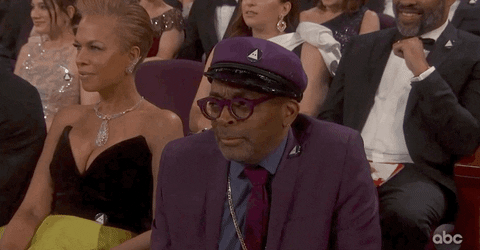Diversity, equity, and inclusion are words in 2021 that are familiar and heard often. Based on the events of 2020, many organizations are hastily pushing forward anything they can to diversify their companies. Nobody wants to get called out, or worse, cancelled.
The #blacklivesmatter movement created a force to be reckoned with and luckily, more opportunities are opening up for BIPOCs. The “About Us/Team” sections of websites are becoming more colorful, and to a degree, this is a good thing. But, before we get too excited, we must loudly acknowledge that while many organizations may present themselves as “diverse,” they are far from where they need to be. The systematic nuances of white supremacy are alive and well and we need to be able to discern what is truly a movement towards diversity vs an empty, bold facade.
The reality is this: Many, if not all, organizations are actually created equal. No matter how different they say they are, don’t kid yourself. I write this with 100% confidence. The system has not allowed for any other alternative to exist. Period.
Working with a wide range of clients over the past 15 years, I’ve seen the inner workings of many organizations. Non-profit, for-profit, and all kinds of hybrid models. Some of them experiment with every ounce of their being with the determination to be different but I’m here to tell you that they are, unfortunately, all the same. Patriarchal values, unspoken assimilation requirements, and reward systems defined by white values are only a few of what defines these spaces.
As of now, besides the sea of anti-racist statements published by many organizations, nothing is really different. Until businesses are built with BIPOCs leading organizations, writing their own policies, and making decisions on a daily basis, it won’t change. It can’t change. If there are any organizations that seem different, they are sadly just more polite and have a greater tolerance for others. Tolerance, not acceptance. There’s a big difference.
In order to navigate the workforce these days, BIPOCs must be extra careful to read between the lines of what is presented to them & make choices that lean in the favor of the BIPOC community. If you don’t know how to assess the condition of an organization’s diversity score, here are 5 ways to take an honest temperature check.
5 things to consider when assessing an organization’s actual diversity score
1) Measure the diversity of the leaders - not just the organization.
If the wall of faces is diverse, that’s great. Now filter the wall to see only the managers and leaders - especially the core team. How many of them are BIPOCs? If you don’t see a single BIPOC with this filter, this is a big problem. Undoubtedly, you will have major issues about a year into your employment, if not sooner. You’ll feel it subtly at first but it will be crystal clear as you get to know the organization better.
2) Read the diversity statement carefully
If it’s written in a general and vague manner, that’s a red flag. What this means is the organization wants to change but literally does not know how - which also sadly means it can’t. Change comes with a vision that is married with proactive steps and tactical adjustments. Always look for specifics & goals with time frames that you can ask about in order to hold institutions accountable.
3) See who they have selected to put in front of clients
This is where the company has decided where to bet their money on, and well, money = value. It’s subtle but very telling. If the entire client team is white, this is a glimpse into their actual diversity statement. If you've been around the block and understand the art of selling business and client management, 2021 is a time to get more granular. Who actually leads client meetings? Who cleans up the mess? Who is operating like they have immunity? Who was given a title just to please the public? Who is kept internal?
4) If a tall white man in leadership talks incessantly about his daughter and/or wife, run.
Need I say more? I see this a lot and have dealt with it a lot. It’s a calculated strategy, an incredibly oppressive experience to be on the receiving end of, and using the women in your life as social capital is just seriously not cool. This is a very clear way to see what has been accepted into the organization and honestly, we just don’t have the time or energy to be around this kind of person. Here is a link to AOC’s response to Rep. Ted Yoho because it is perfect.
5) When being considered for a leadership/C-Level position, proceed with caution and don’t be afraid to ask for details around the history of the company.
Ask for a lot of context - specifically org charts and a storyline to accompany the paperwork. If there is a board, be sure to ask about the past 2-3 cycles of who they were & their leadership positions. Look for patterns on how things have been reorganized and who ultimately ends up with which roles. You’ll start to see what is actually valued. This will help you understand what you’re walking into and also help set up your expectations when it comes to navigating decision making. It will also advise you on whether or not you should join the org for the challenge - because honestly, you don’t have to.
Being a BIPOC in the workforce has always been about trade offs. Right now, the BIPOC community needs to figure out what we can tolerate and what we are willing to spend our energy on. This is not easy work and you are not obligated to lead nor to be involved in these kinds of efforts if you desire not to.
Moral of the story is, be careful out there. A lot of companies are throwing money into diversity training and hiring lots of BIPOCs to work for them, but we must understand that this is only surface level change. Branding and perception are powerful and the consequences of overlooking these details will be dire. Let’s not be naive— leaders have and will use statistics on race and gender in their companies (many times without your consent) as a selling point to gain more business. It’s all part of the game.
There’s a long road ahead but it is a super intriguing time. If your organization has put out a statement regarding diversity and anti-racism efforts, ask them to insert specific phrases about leadership diversity, culture expansion, and detailed processes around decision making. Talk to them about the micro-racist behaviors you experience and ask them what they’re willing to do about it. Anti-racist and solidarity statements are a way to give you a perception, and while perception is a start, use this to your advantage and keep them accountable to create real change.
If you leave with anything from this post, leave with this. Changes that are outward facing are easy to do— the hard part is inner work. Let’s get to it.




































